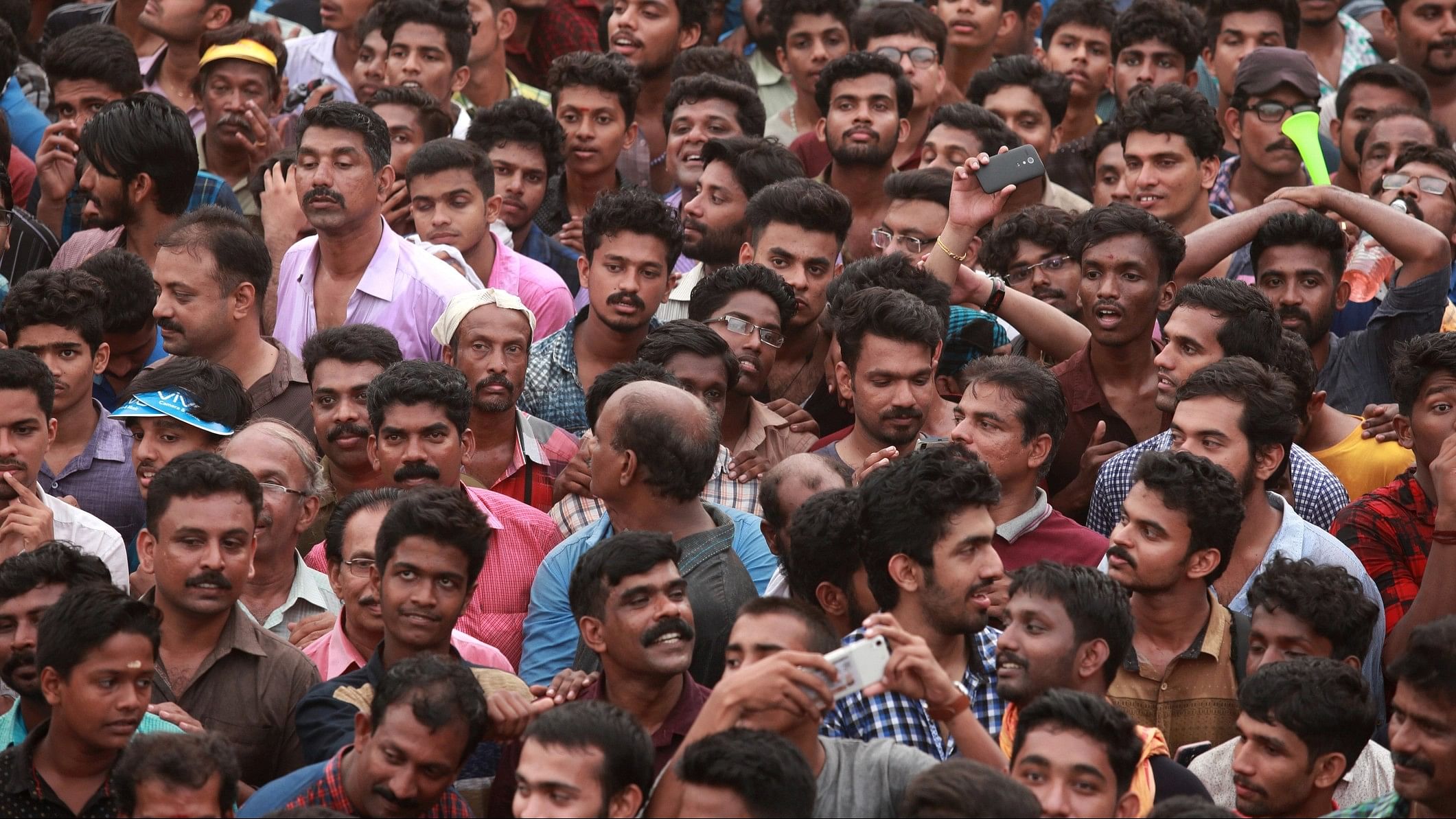
Though India has replaced China as the world’s most populous country, its population is on way to stabilisation.
iStock Photo
Union Finance Minister Nirmala Sitharaman made a curious statement in her interim budget speech about setting up a high-powered committee to consider the challenges arising from “fast population growth and demographic changes.” No details are available about the committee and the work it is expected to do. But if the assumption is that population growth is a challenge and it has to be dealt with on an urgent basis, it is a wrong idea. Though India has replaced China as the world’s most populous country, its population is on way to stabilisation. Since the government has not conducted the decennial census, which was due in 2021, there is no authoritative figure about the population count. The government does not seem to be planning to conduct the census soon. Policy formulation and designing of government schemes will be seriously affected by the absence of authoritative data provided by the census.
According to the Sample Registration System report of 2020 and the National Family Health Survey-5 (2019-21) the total fertility rate (TFR) in the country has declined to 2.0, which is below the replacement level of 2.1. Only a few states like UP and Bihar have a higher TFR, and there, too, it is falling. Population growth has steadily fallen in the southern states and other regions because of socio-economic development pertaining to health, education, etc. Among communities, the population growth of Muslims was once high. But recent data has shown that the rate of decline of Muslim population growth is steeper than in the case of other communities. In some places, it is below the replacement level. This is also because of socio-economic reasons. So, any policy or decisions on the basis of the idea that population growth is a serious problem for the country, as is being advocated by some interested quarters, will be misconceived.
At the present pace of population growth, India does not need any coercive measures to control population. Countries where governments intervened and adopted such control measures are today suffering due to skewed demographics and have had to reverse their policies because of their negative consequences. The most infamous of them is China. Linking democratic rights, welfare benefits, etc., to the size of the family, as has been suggested by some quarters, will also be a wrong measure. There is a longstanding narrative in the country that the Muslim population is growing at a higher rate and the Hindus will be reduced to a minority in the country in the future. The contention has been dismissed as completely baseless by population scientists and experts. The work of the new committee will hopefully not be guided by such ideas. The government should make public details of the committee which it proposes to set up. But first, it should conduct the census to get its own numbers and ideas right.